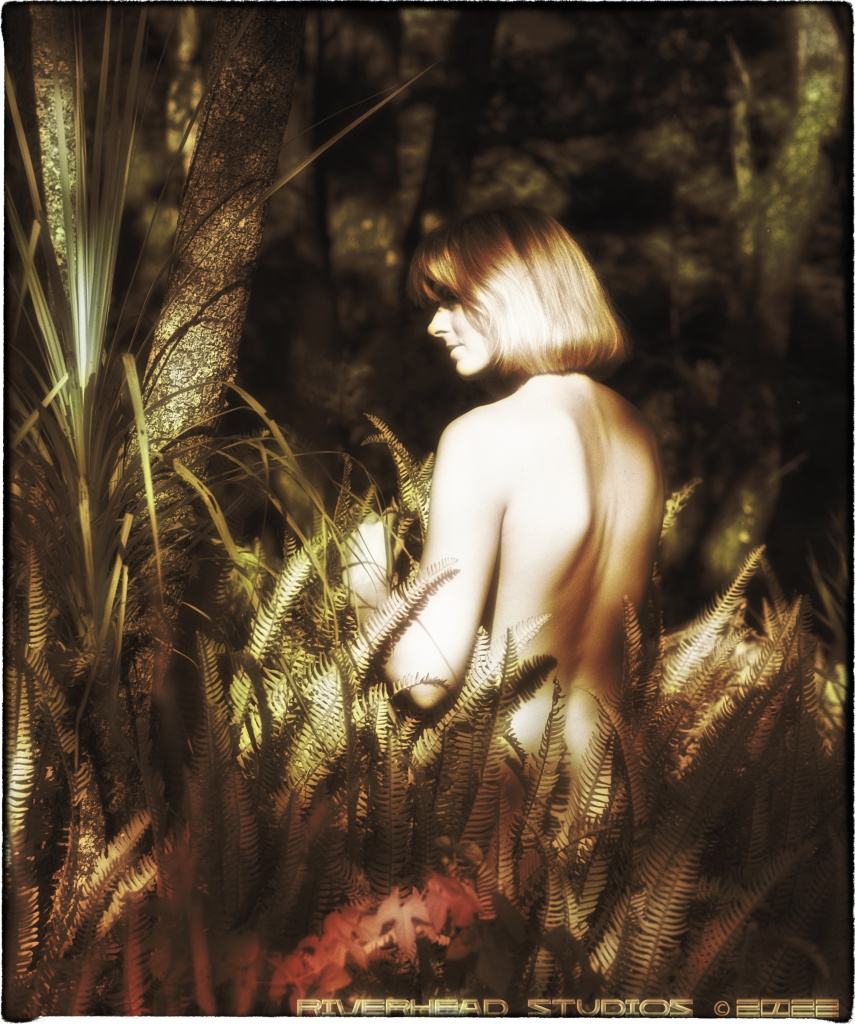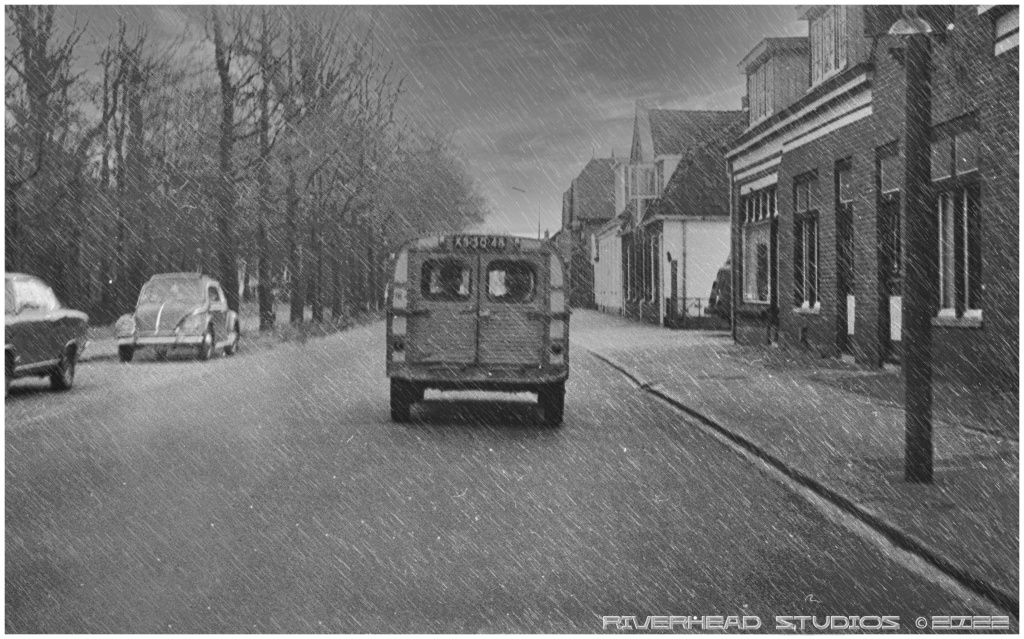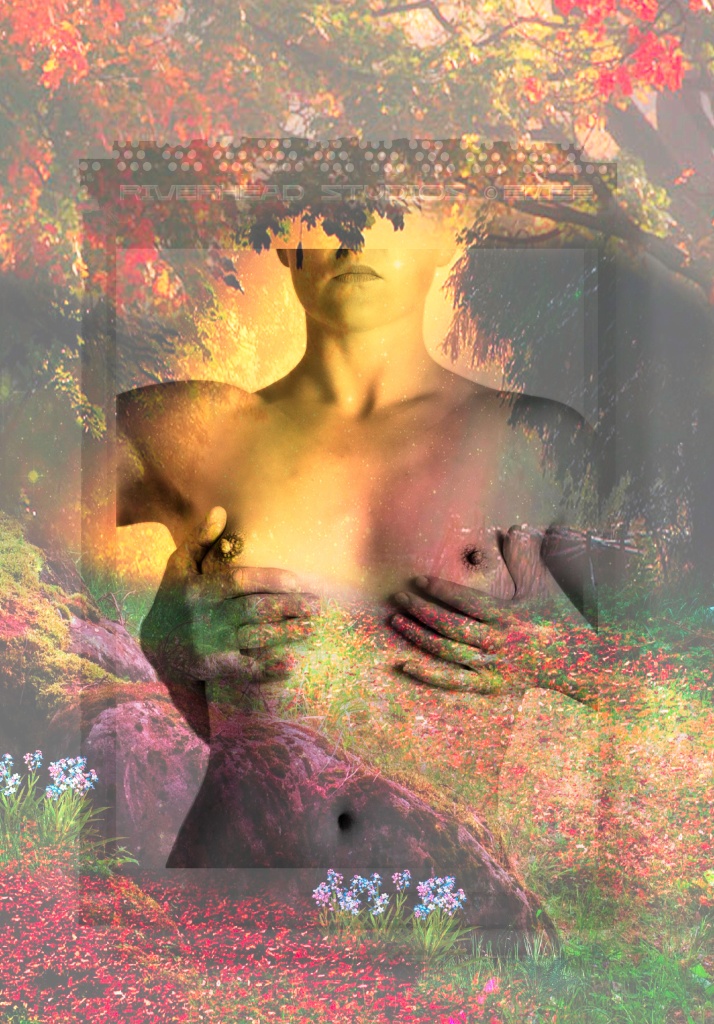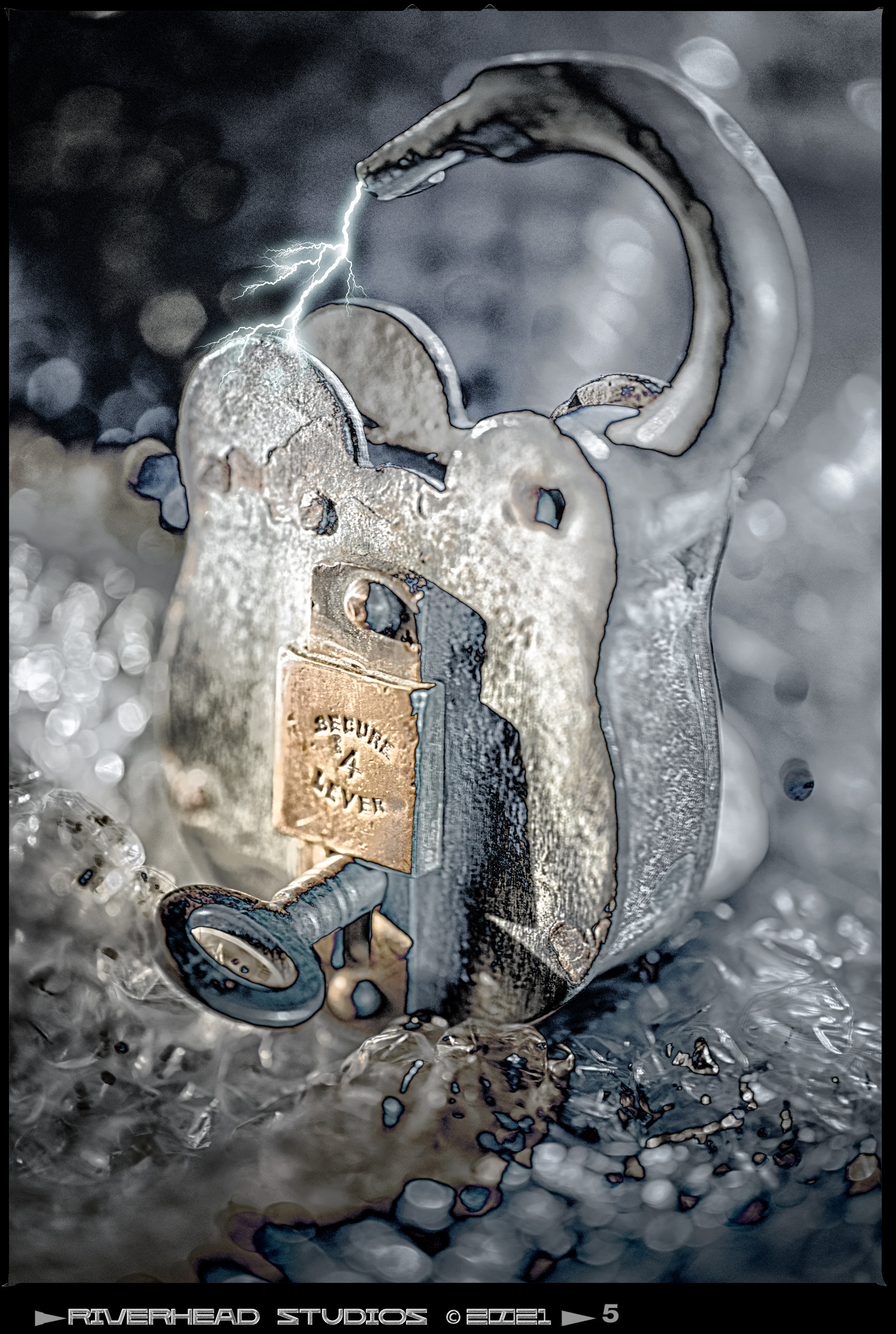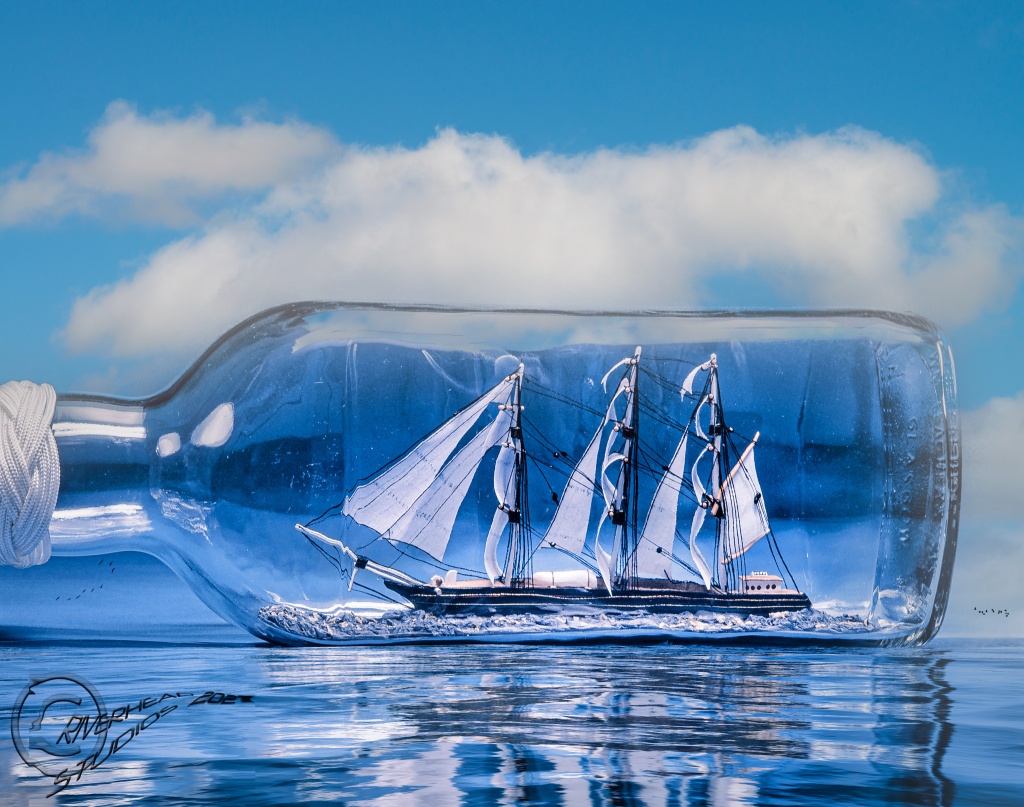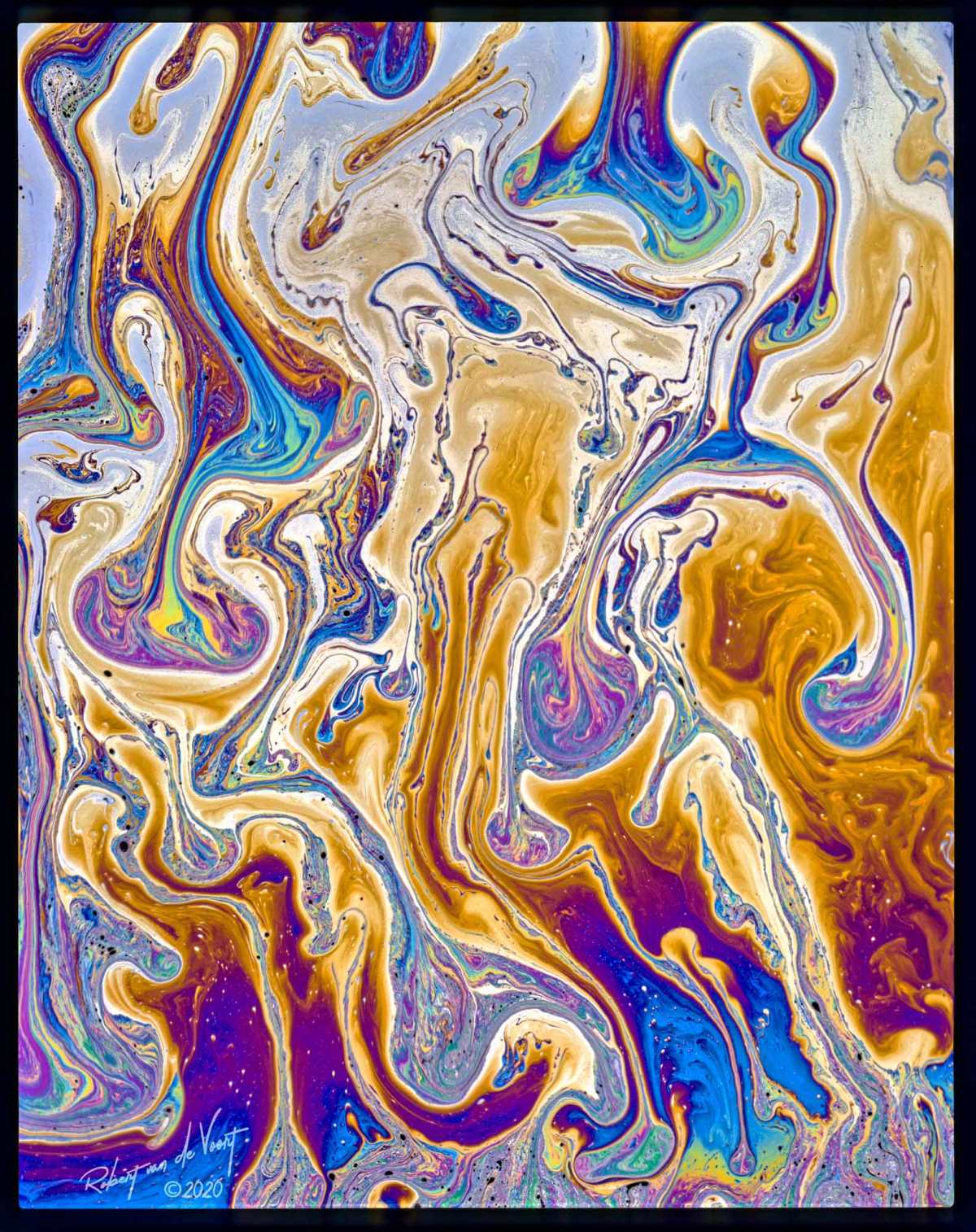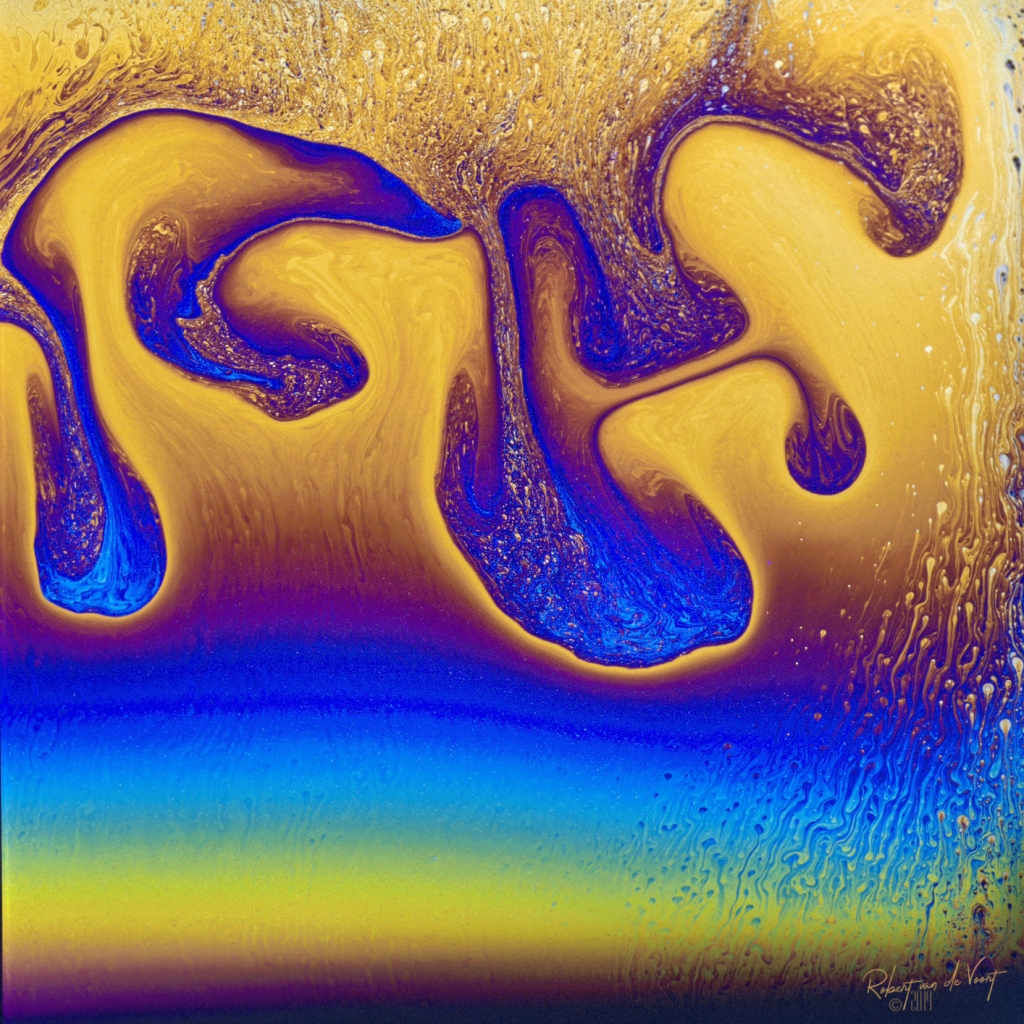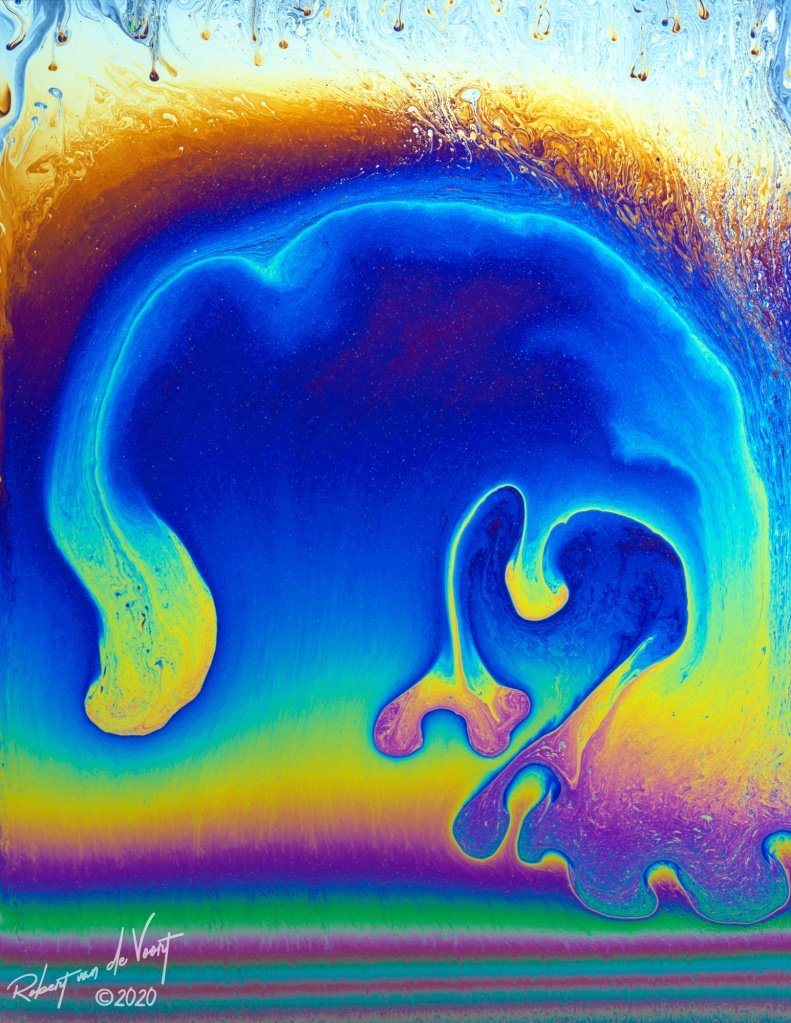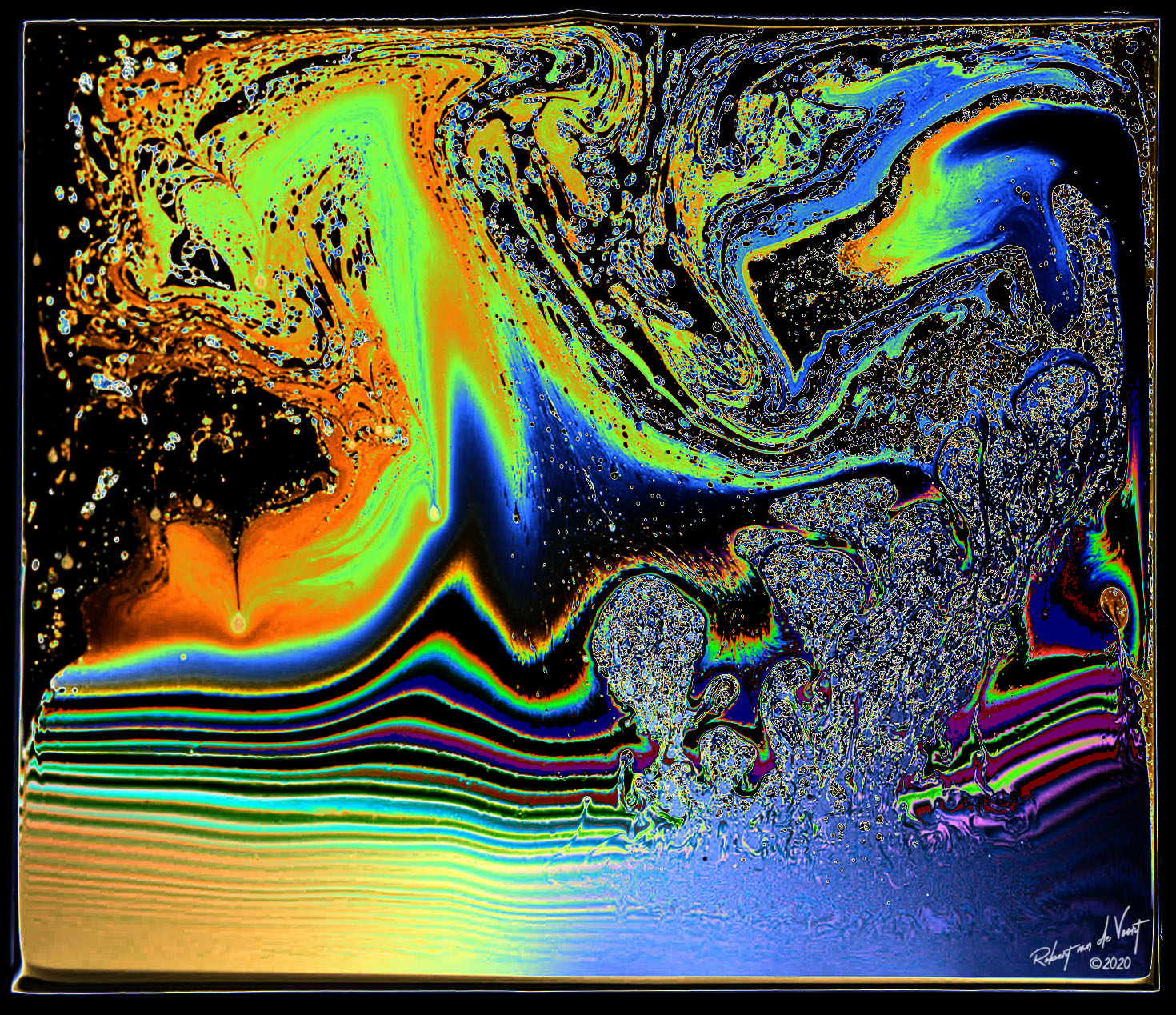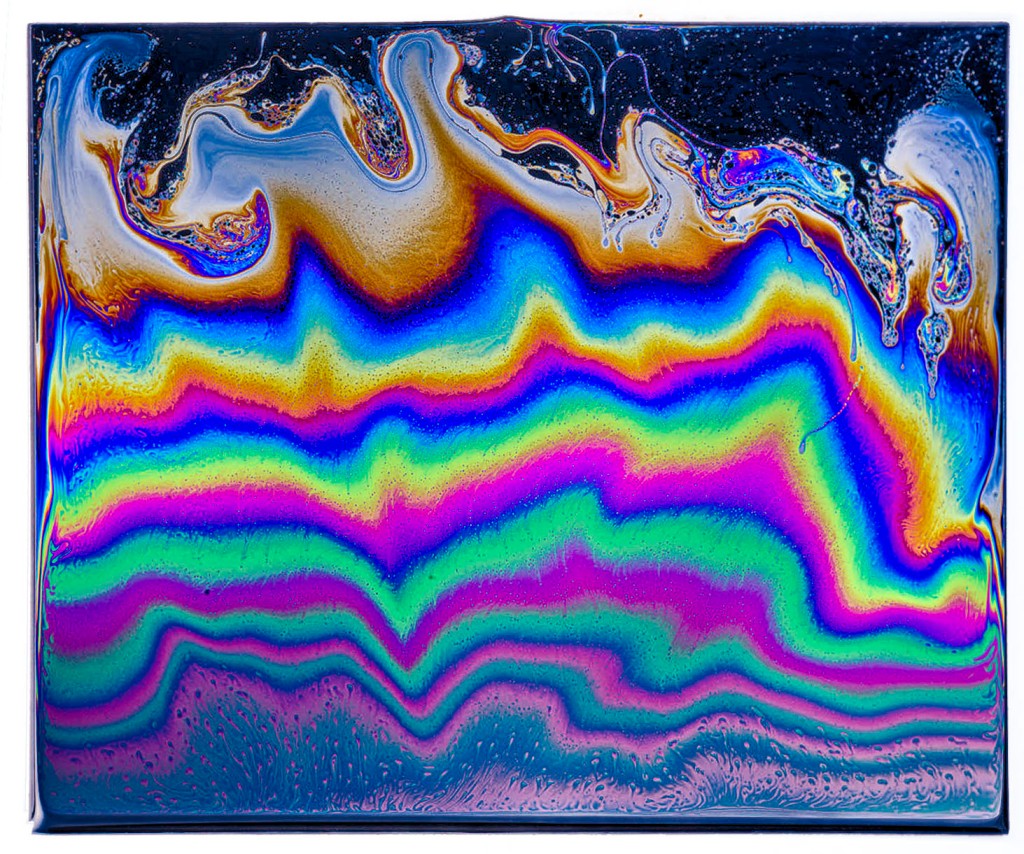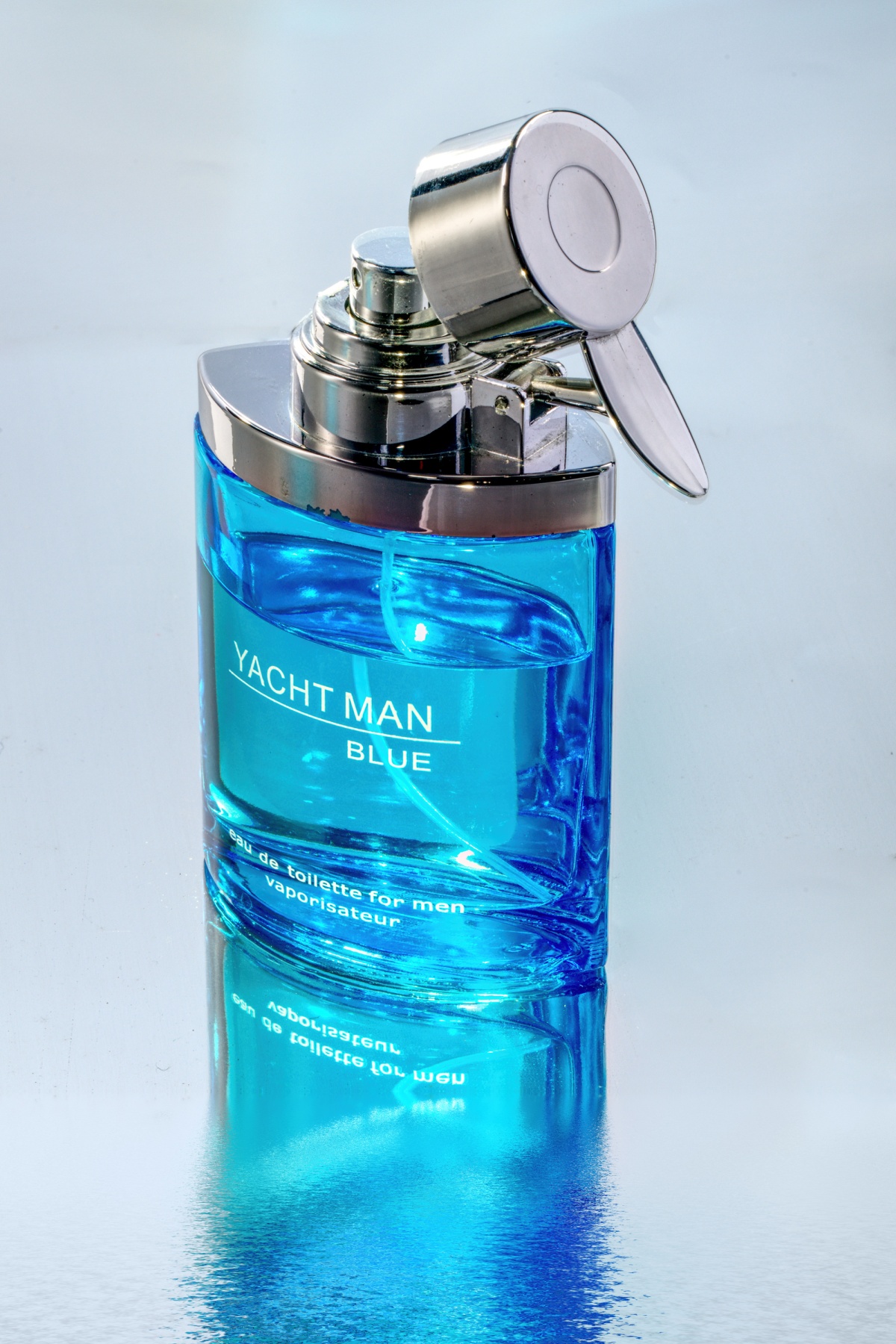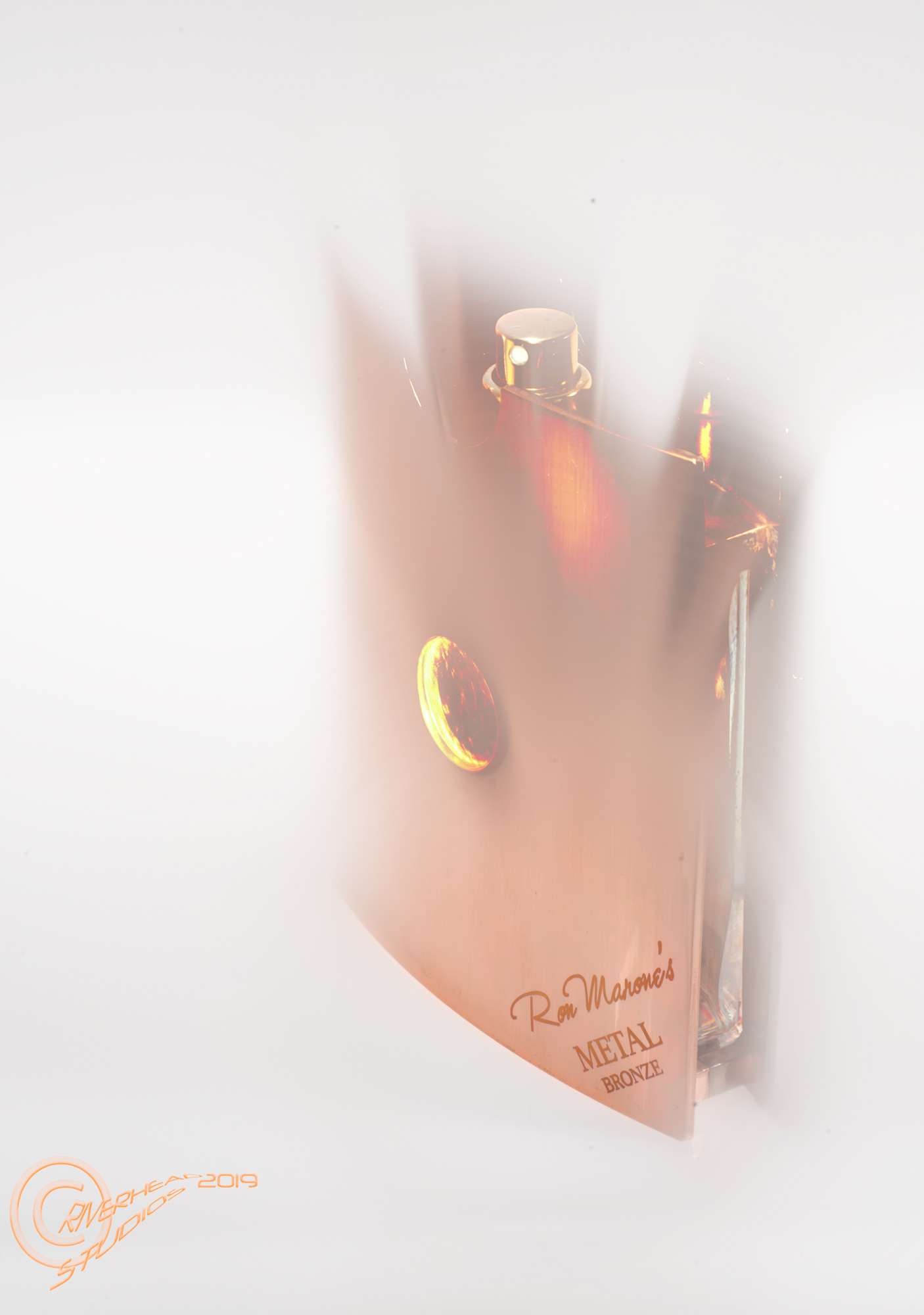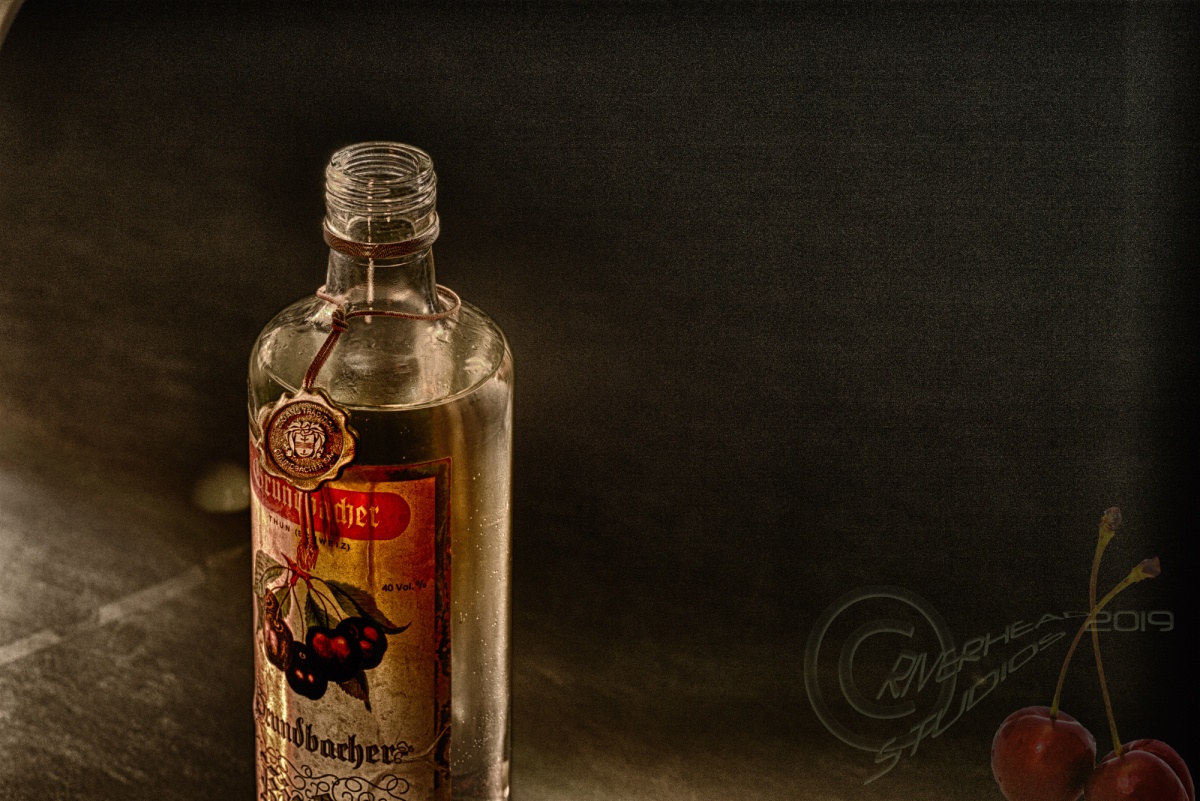Recently I was given a lot of old photos my deceased mother had collected over her long years. Some of my old photos were in that collection too.
Scanning them was the first step and since they were all old photos made on film and paper they displayed the old analogue darkroom effects, like overexposed, not properly fixed – that shiney blue black effect etc. Decided to look into some old developing techniques and did find the old darkroom had lots of “special effects” through developing and exposing.
Always liked to experiment, so most of the techniques in the darkroom I tried out and I was quite familiar with them. Nowadays, with digital development we have new fashion looks like HDR etc. So why not try to give the old scanned photos some old fashioned darkroom treatments?
The Sabattier effect was one of my old favourites. Thankfully – photoshop has no such filter. It has a solarisation filter but that is totally different. I set out to create such an old film developing process to replicate in digital format.
The photograph I had scanned was in colour, I converted it into black-and-white, and then what? Myself I had no clue. I looked up on the Internet how other people created Sabbattier effects. Some of them were totally wrong, but I found some that were quite close to the original black-and-white effects that I could remember from my old darkroom days. I adapted some of their techniques or work methods and after a little bit of “playtime” it was very easy to replicate the effect.
Let me tell you how it works in reality, in the old darkroom. Once you had exposed your film, with the correct exposure to make a good black-and-white photograph you re-exposed your film to another light source during development. Timing of the “second exposure” was critical, you had to wait a little bit I would say about two thirds of your total film developing time, then expose it to another light source. The intensity of the other light source was also critical. Too bright and it would blacken the whole film. Too little and not much would happen. I would say that a 25 W light bulb a couple of metres away for a few seconds was sufficient.
Let me deviate, if you are developing a 35mm black-and-white film it has been wound on a spiral of plastic. So the outer edge, the first six exposures are on the outer side of the film reel. They get the brunt of the second exposure. The layers behind that closer to the centre receive very little light. A 120 film is shorter and therefore easier to give a second exposure because there are only a few layers on the spiral. If for any reason anything went wrong you would have lost either a whole 36 exposure 35mm film, or 10 shots on a 120 film.
Therefore, I only used 10 x 12 cm sheet film. You could take that out of the tank, expose it to a second light source and the whole sheet would receive that exposure. If it went wrong, you only lost one shot. Way to go!
The result of this second exposure was to partially reverse the tonal values on your negative. Certain areas would reverse, others would stay the same, and some tonal values would slightly change. See my photographs.
There was another problem if you continued your development after that second light exposure, you would normally agitate the film to create an even development.
And here is the trick, after the second exposure carefully slide the partially developed sheet film back into the film developing tray. You were not going to agitate the film or the developer at all, you just gave it the remaining time of the total development time.
The developing of the silver halides was now taking place again. But since there was no movement of the developer we got that interesting Mackie line effect. This is a black line that occurs where there are two areas of contrast- light and dark- meeting during development.
If you’ve never been in a dark room, you possibly have no idea what I am talking about. I’m not a chemist so I can’t tell you exactly why that happens. If you gave it the normal developing time with agitation after the second exposure you would possibly over develop the film.
After the developing time was over, you fixed the film, and since you were dying to see how it looked like – after all you spent about 25 minutes in the dark room fiddling around with that film, you switched the white light on and started to look at your film sheet see the effects of your “Sabatier” effect.
I used exclusively film for this process, it is possible to repeat this scenario for photographic paper that is in the developing tray. Unfortunately the contrast and crispness somehow lacks on photographic paper. After all there is quite a difference between a 20 x 25 cm photograph and a 10 x 12 negative. You can enlarge the negative and when printing the negative you can control the contrast on photographic paper.
This is in short, a summary of how I used to make these photographs, but there are many little problems I have not covered like what kind of developer do you use, what film did you use -they all influence the end result.
I started to look through my old negative albums and found some more of my old experiments. I have solarised negatives and some old Agfa contour film. I will show you more later on.
I did find this an interesting process to replicate on existing material I have so I have now another project in mind to recreate some new photographs with the Sabatier effect.
There are many ways to produce similar effects in image editing programs by altering the curves settings on a separate layer. I intend to reactivate my blog since I have sold my studio and now practice photography in my lightroom with camera “au naturel” so to speak.
This offers more opportunities then before, a new lifestyle, check it out and come back!






